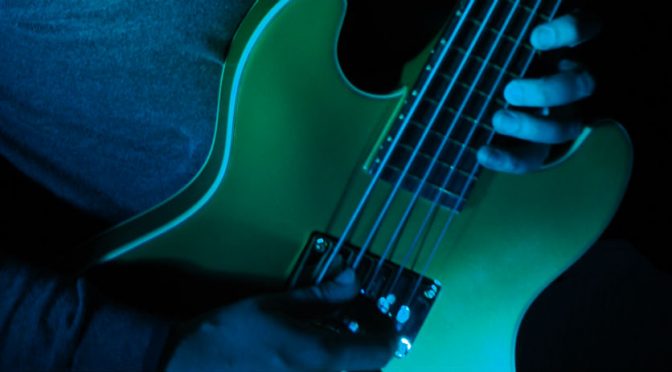Single String Exercises – Bass Practice Diary – 4th June 2019
In this week’s video I’m talking about single string exercises. When I practice scales, I don’t really think of them as scales. I think of it as learning harmony. You can relate everything to do with harmony back to scales. And whatever harmonic exercise I’m working on, my goal is always to be able to play it in every position on the fretboard.
Why practice on just one string?
If you’re going to learn to use the entire fretboard then you need to practice by breaking it up into sections. You could do this by taking a modal approach and learning the scale in every position. Or you could take a single string approach by learning all the notes on just one string at a time. The big advantages of the single string approach are that it forces you to think about the notes rather than patterns on the fretboard. And it helps you to practice making the position shifts necessary.
Position shifting is something that I’ve been talking about a lot in my videos lately. Check out my video about using open strings to make smooth accurate position shifts on fretless bass.
G major scale exercise on single strings
When you’re working out a harmony on a single string you need to think about your left hand fingering. Below is a G major scale played on the first string. I’ve included my fingerings for reference.

Every bass is different, so I would recommend practicing these exercises on the usable range of your instrument. If the upper frets are hard to access then just play up to the point where it stops being comfortable to play.
Then repeat these exercises on every string. Here is the G major scale played on the second string.

A word about sight reading
Learning harmony in this way is extremely important if you want to improve your sight reading. I think that many bass players who struggle to sight read miss the importance of learning scales all over the fretboard.
Key signatures are extremely important in written music. They tell us the parent scale that we use to read it. If the key signature has one # (sharp), then the parent scale is G major. So, to read the written music successfully you need to be able to visualise the scale on the neck of your bass. Learning the scale in just one position will almost certainly not be enough, unless it’s a very simple piece of music.

